Blogs from the Field
A healthy future for wildlife, people, and planet.
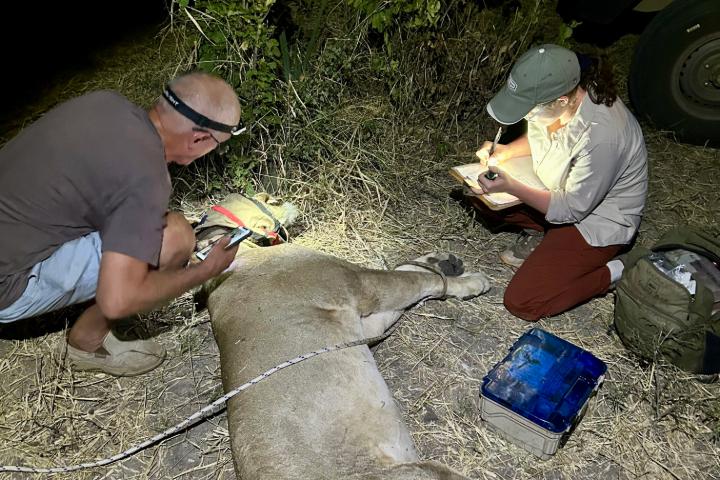
January 05, 2026
March ended in quite a spectacular way for me this year. I began the month sitting in classrooms at Cornell University’s College of Veterinary Medicine and ended it out in the Zimbabwean bush, drawing blood from a sedated lion under a nighttime African sky....
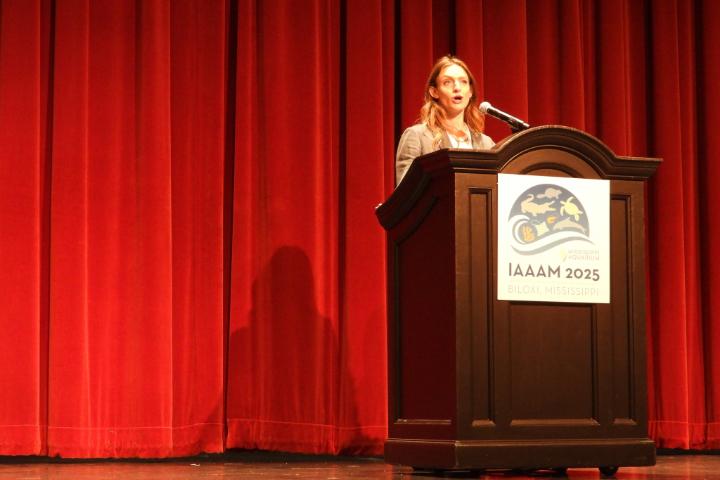
December 11, 2025
One of my primary goals during my veterinary education was to present at a professional conference to gain experience and build my network. I was able to achieve this goal by presenting at the 2025 International Association for Aquatic Animal Medicine Conference....
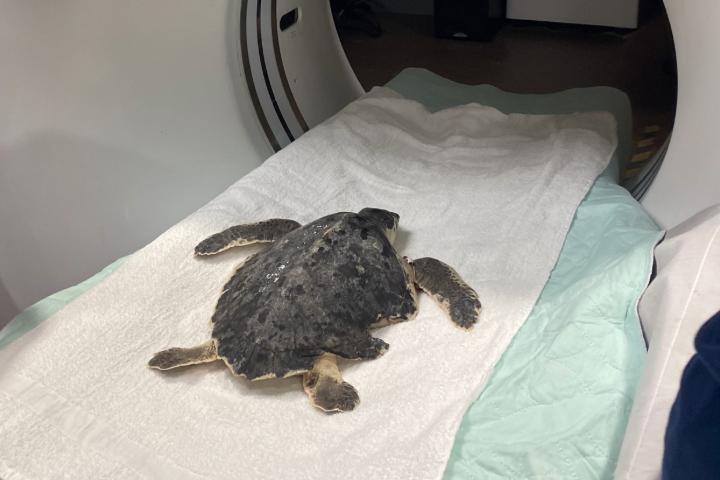
December 02, 2025
This past spring, I had the opportunity to travel to Gulfport, Mississippi, where I served as a veterinary student extern at the Mississippi Aquarium. It was my first time working at an aquarium, and I loved it....
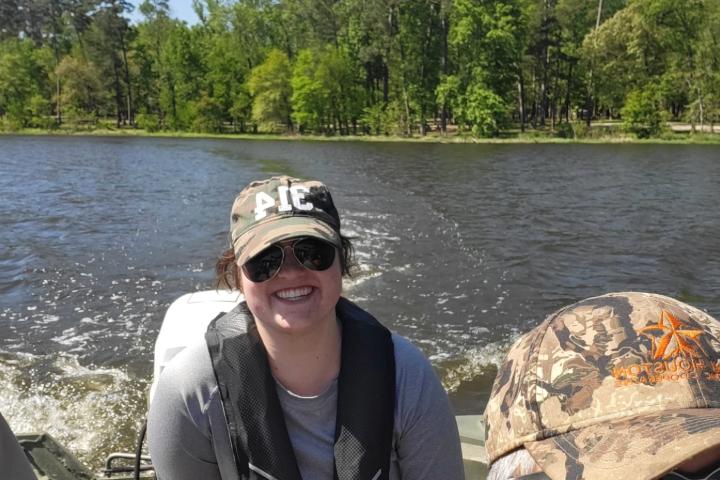
November 24, 2025
Veterinary medicine offers a wide range of career paths and options, and one of the most interesting and often overlooked is that of a state wildlife veterinarian....
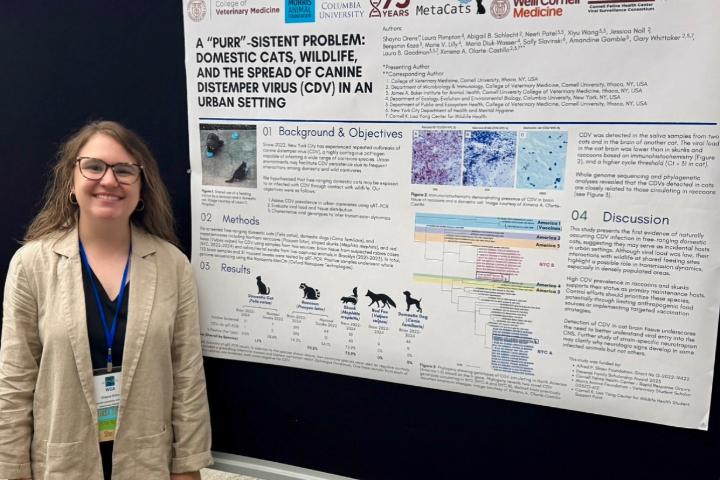
November 06, 2025
As a veterinary student passionate about wildlife health, One Health, and infectious disease ecology, this experience was a turning point....
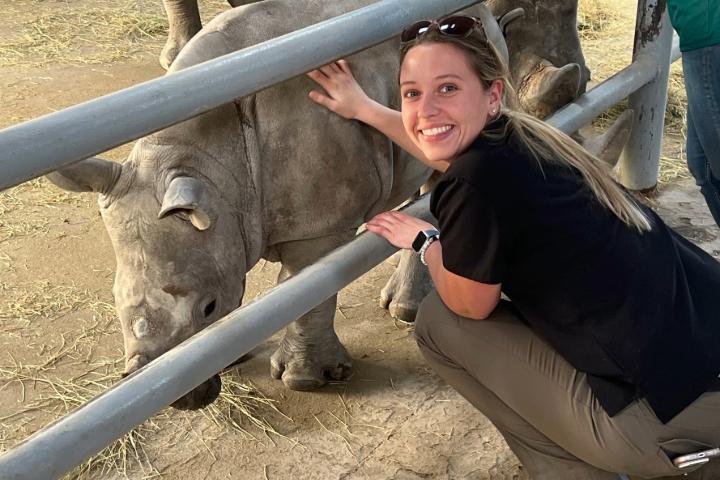
October 29, 2025
With aspirations of working as a veterinarian in a safari park, I approached the externship with the goal of gaining hands-on experience in field anesthesia and procedures performed under semi-free-ranging conditions....
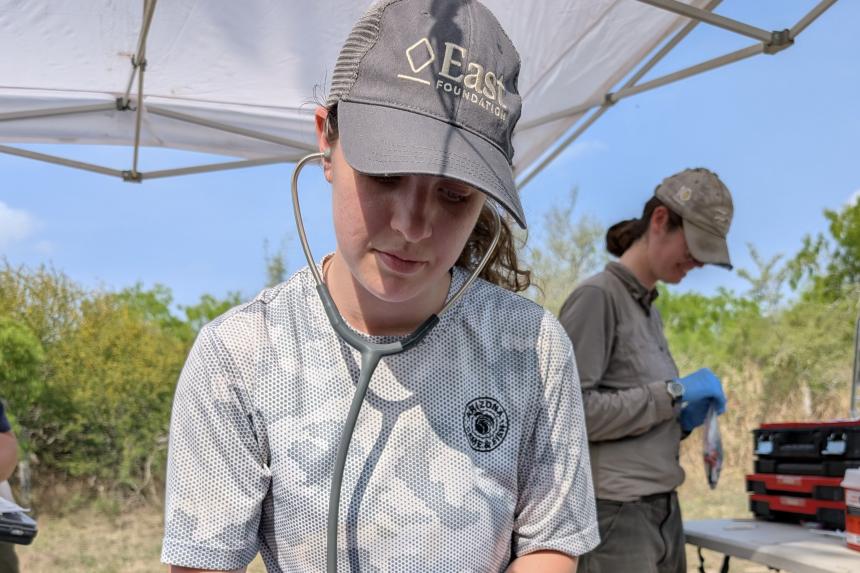
October 23, 2025
On the recommendation of Cornell’s Dr. Martin Gilbert, I reached out to Dr. Ashley Reeves, the research veterinarian for the East Foundation, a private nonprofit focused on land stewardship...
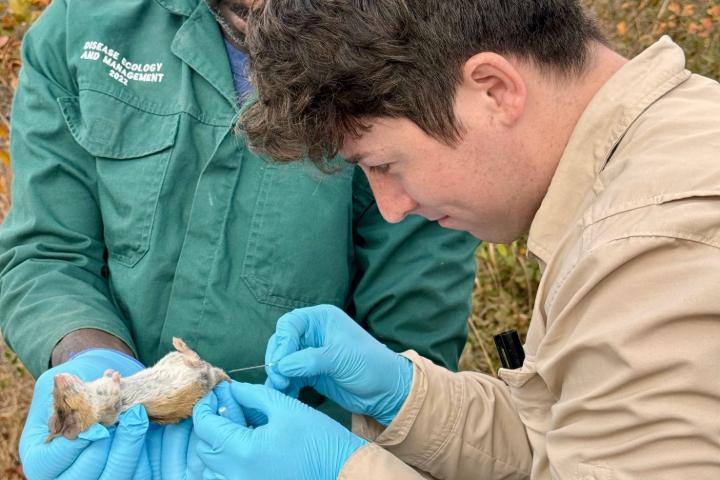
October 15, 2025
I had the opportunity to spend two months in the middle of Kruger National Park (KNP) in collaboration with the Organization for Tropical Studies (OTS)...
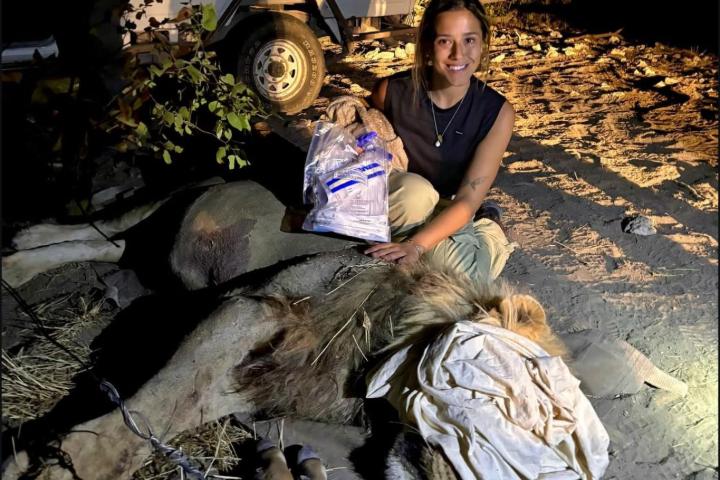
October 02, 2025
It’s 3 a.m. in the Namibian bush. A team of us circles around a sedated lion to take DNA samples while two other male lions lurk nearby. We haven’t gotten an ounce of sleep, and I haven’t had a hot meal in a week, but I've never felt more alive than at this moment....
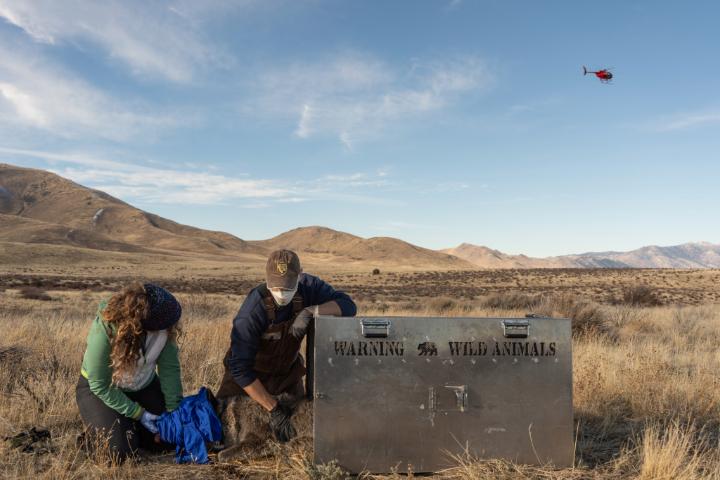
September 25, 2025
In an ever-changing society, the roles of biologists and veterinarians remain essential in the conservation of wildlife and biodiversity more broadly....
